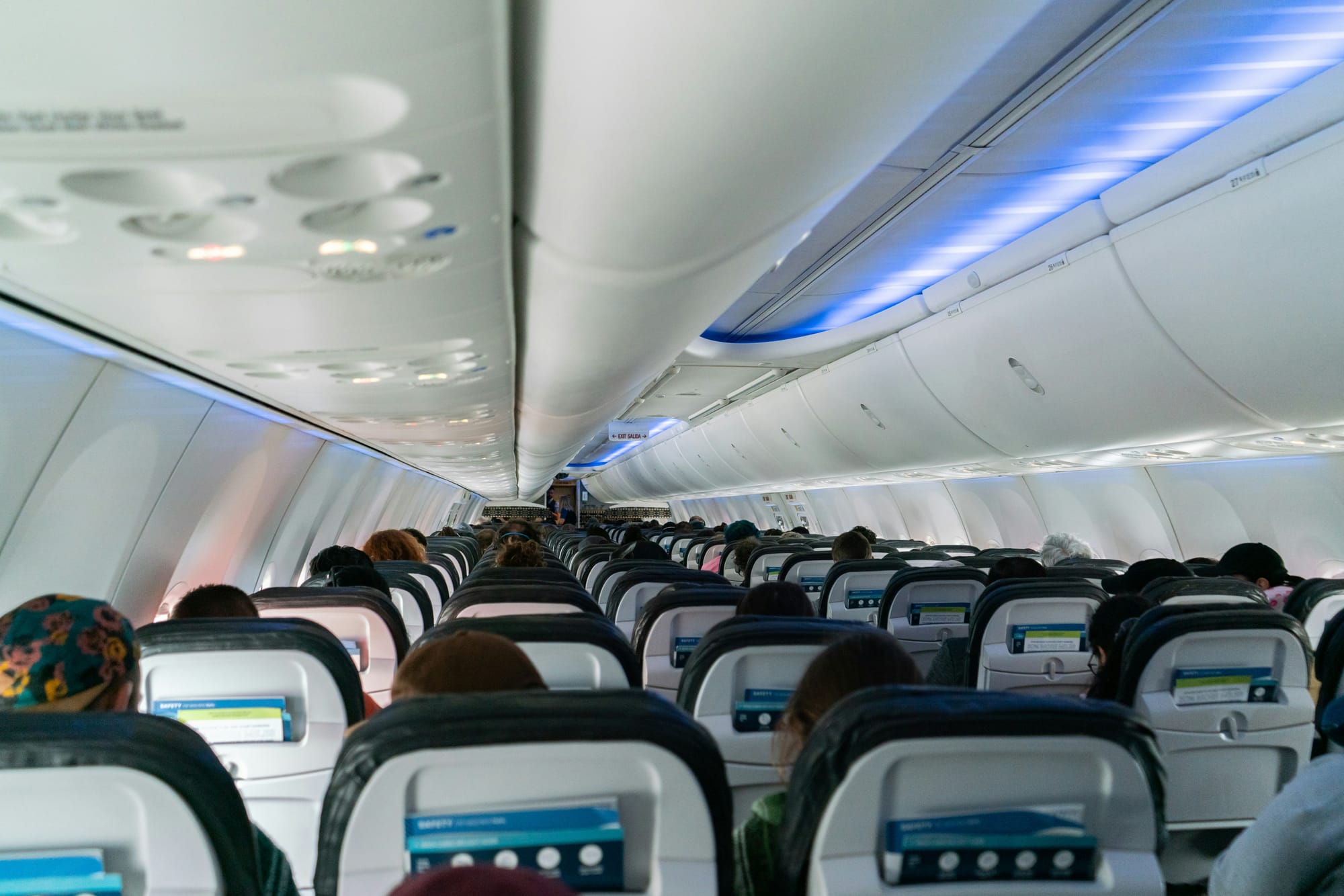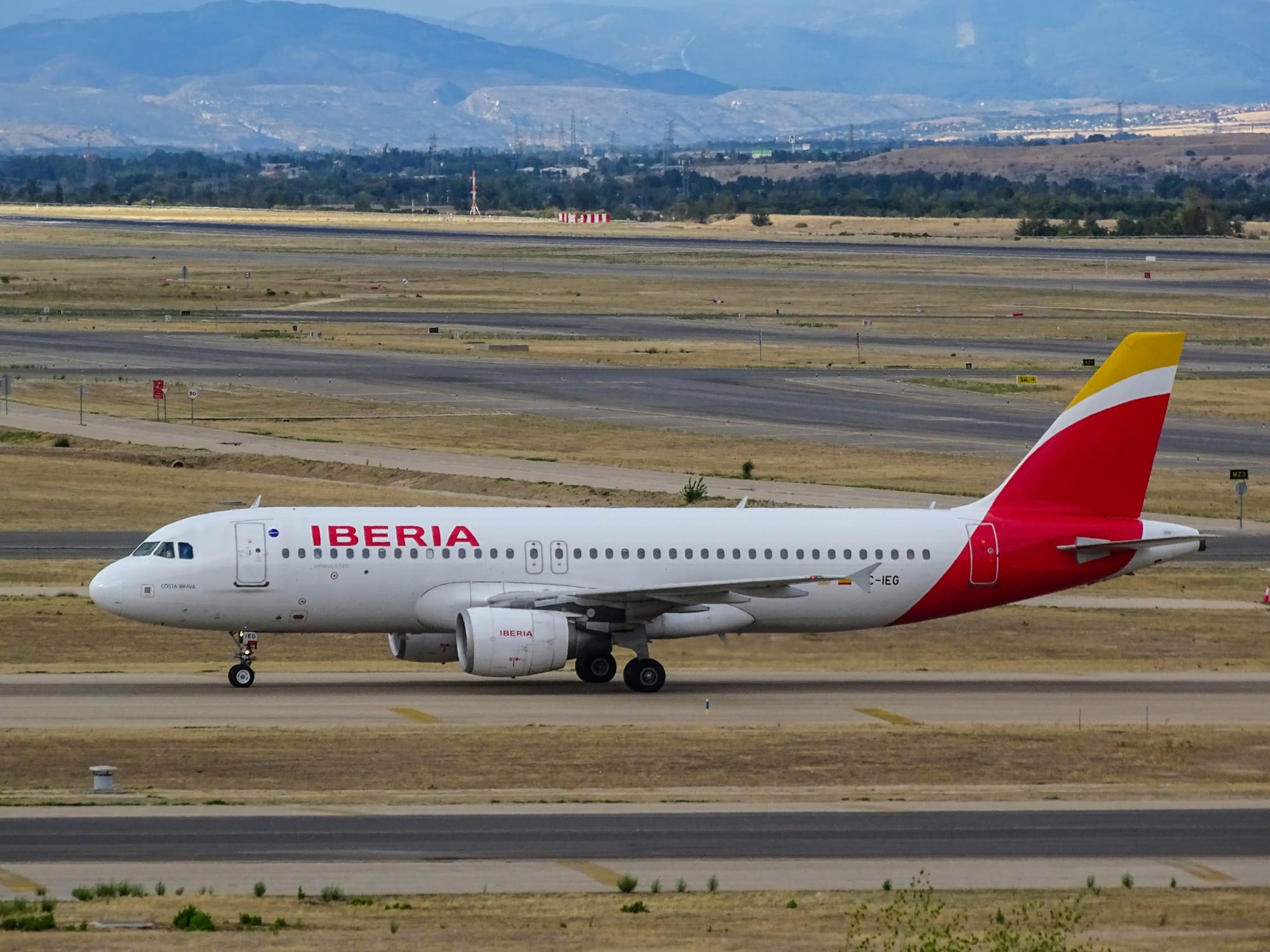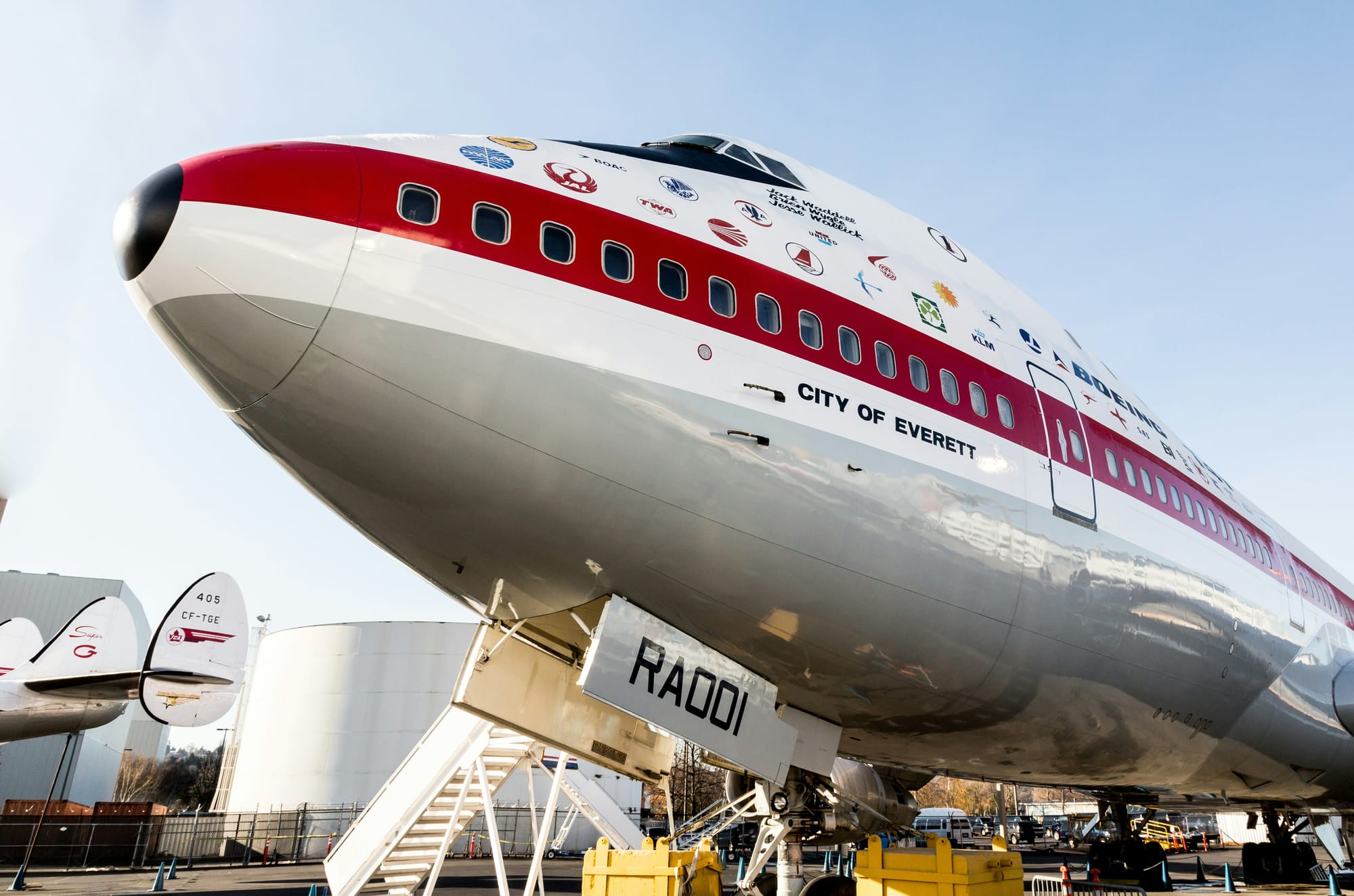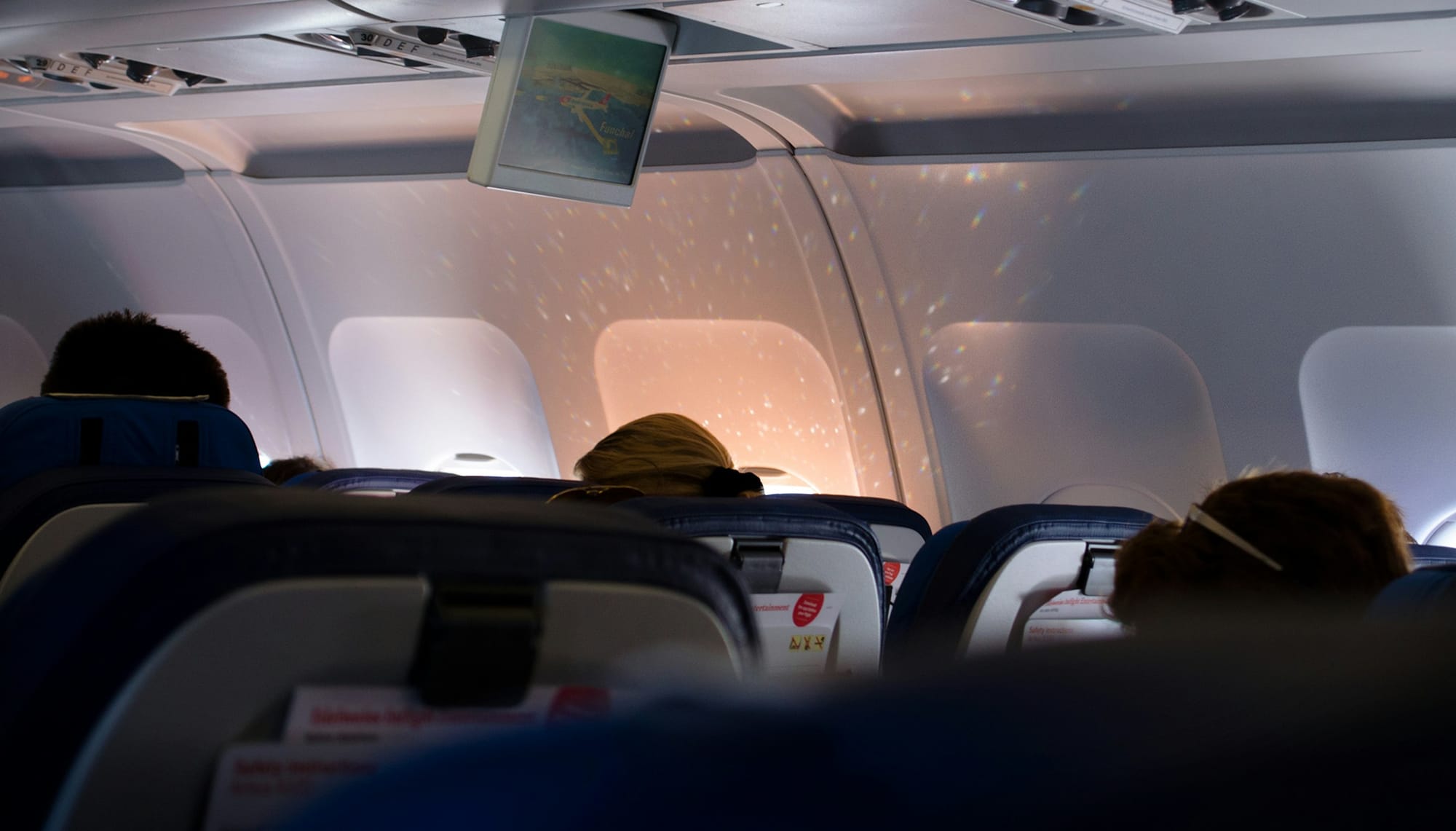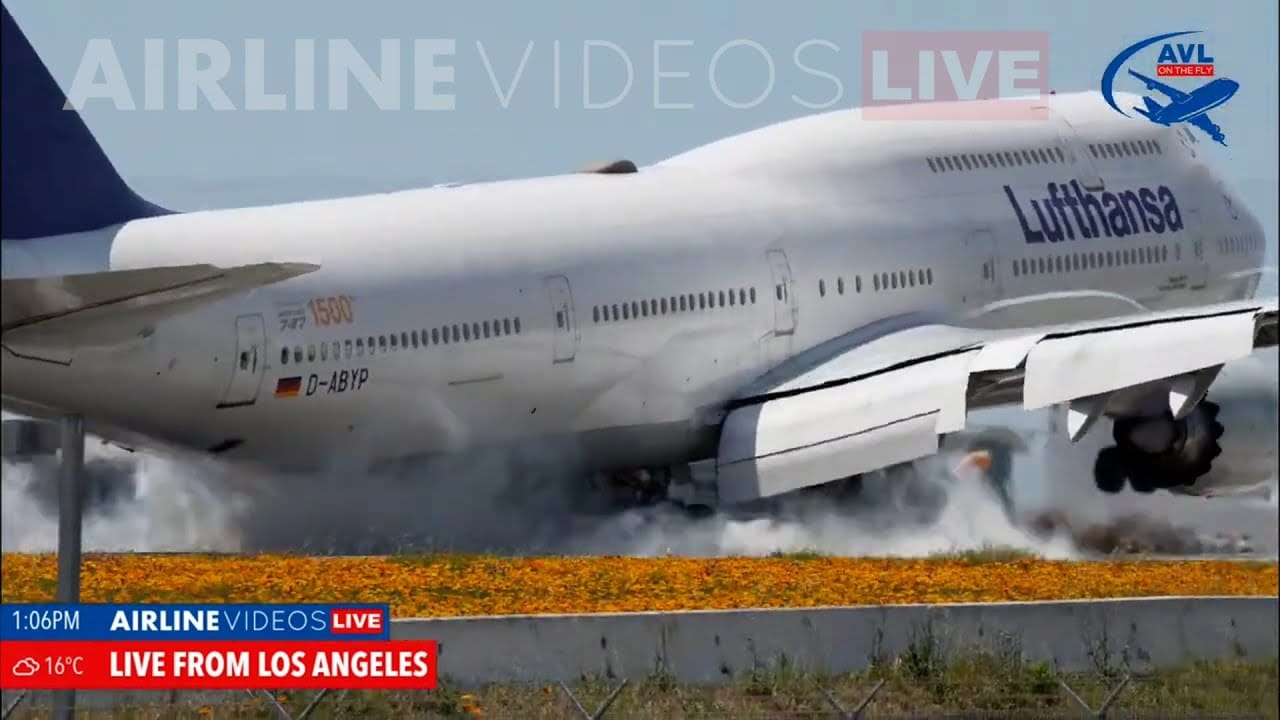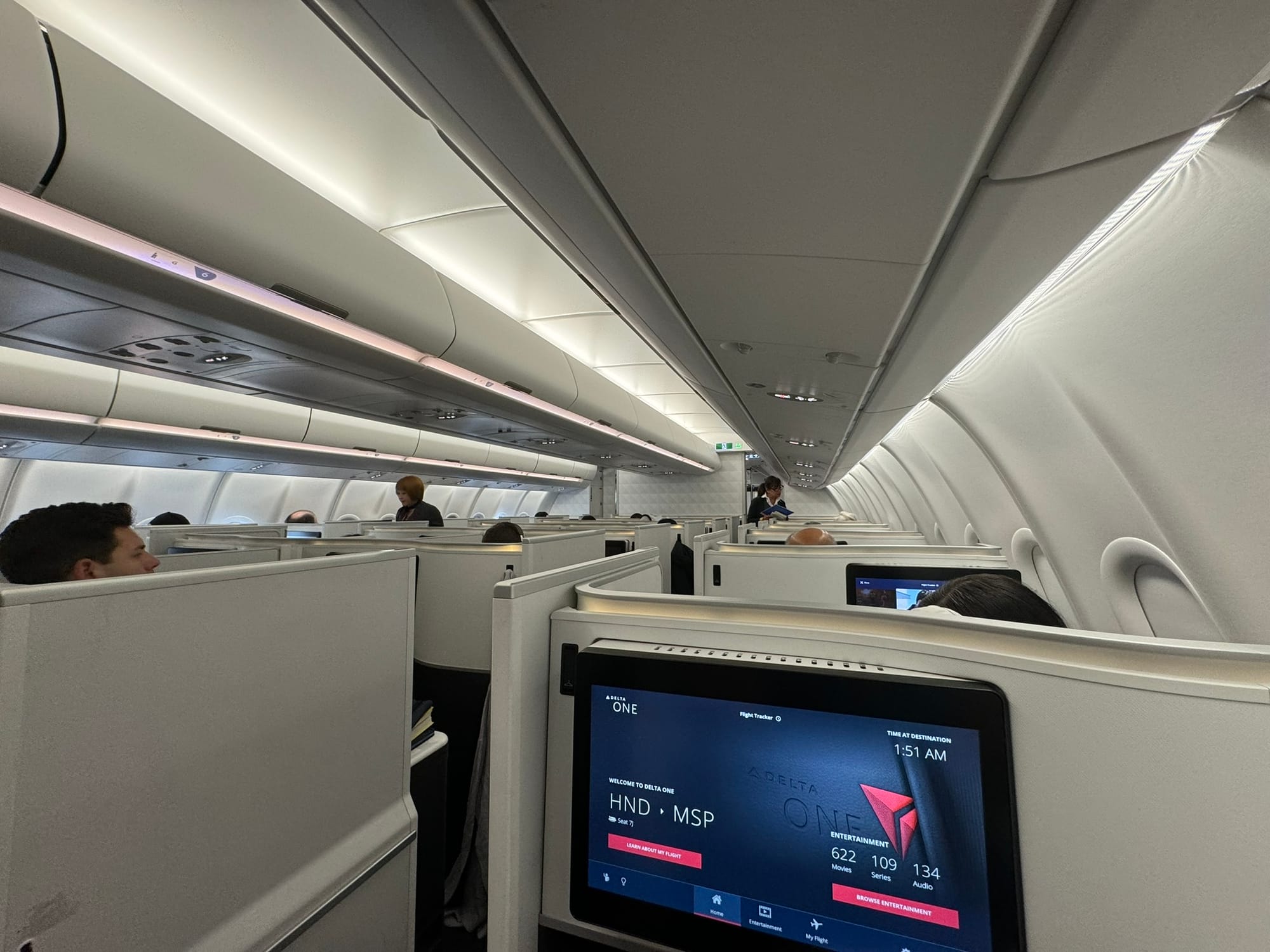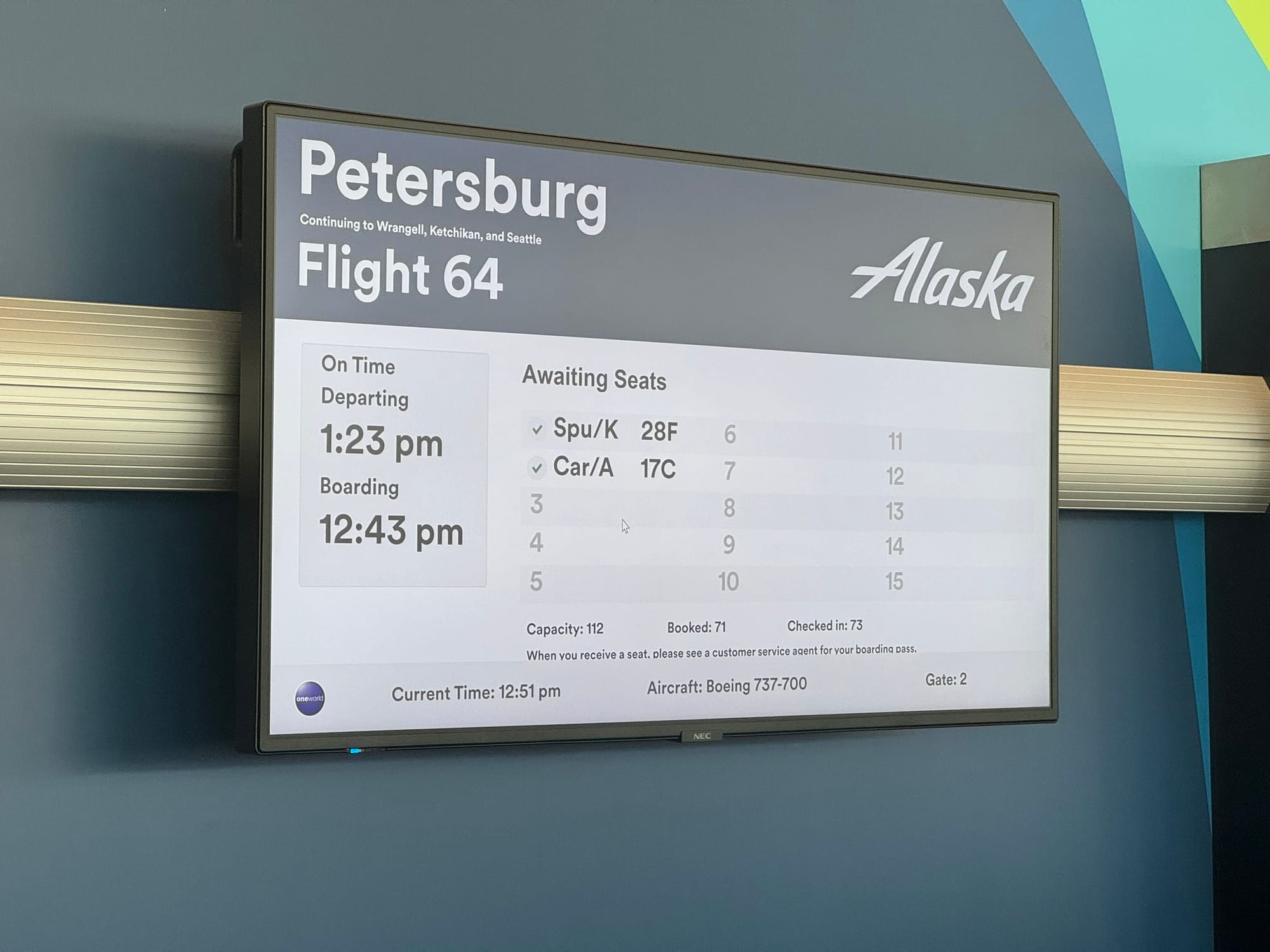For pilots, smooth air is a dream come true. But nestled behind majestic mountain ranges lurks a danger often invisible to the naked eye: mountain waves. These atmospheric phenomena can create a rollercoaster ride for aircraft, with powerful updrafts, downdrafts, and turbulence. Understanding mountain waves is crucial for aviation safety, so let's delve into what they are and how pilots avoid them.
What is a Mountain Wave?
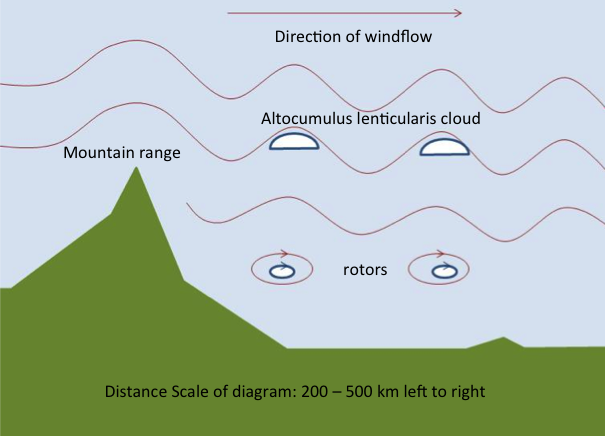
Imagine air flowing smoothly over a mountain range. As the air climbs the mountain face, it's forced upwards. This rising air cools and condenses, sometimes forming clouds. But instead of simply flowing over the peak, the air mass can oscillate downwind, creating a wave pattern similar to ripples on water. These are mountain waves.
The key ingredients for mountain waves are strong winds blowing perpendicular to a mountain range and stable air above. The waves can extend for hundreds of miles downwind, creating a zone of potential danger for unsuspecting aircraft.
Why are Mountain Waves Dangerous?
The smooth, undulating nature of mountain waves can be deceiving. Here's why they pose a threat:
- Powerful Updrafts and Downdrafts: The crests and troughs of the wave can cause sudden, violent changes in altitude. Updrafts can exceed an aircraft's climb rate, forcing pilots to expend precious energy to maintain altitude. Downdrafts, on the other hand, can be strong enough to stall the engine and send the aircraft plummeting unless the pilot reacts quickly.
- Severe Turbulence: Mountain waves can trigger clear-air turbulence, which is invisible to the radar and can be incredibly rough and unpredictable. This turbulence can cause structural damage to the aircraft, injure passengers, and even lead to a loss of control.
- Icing: In areas with moisture, the rising air in the wave can lead to rapid icing on the wings and other surfaces of the aircraft. This ice accumulation can affect the aircraft's performance and controllability, making it critical for pilots to be aware of icing conditions associated with mountain waves.
How do Pilots Avoid Mountain Waves?
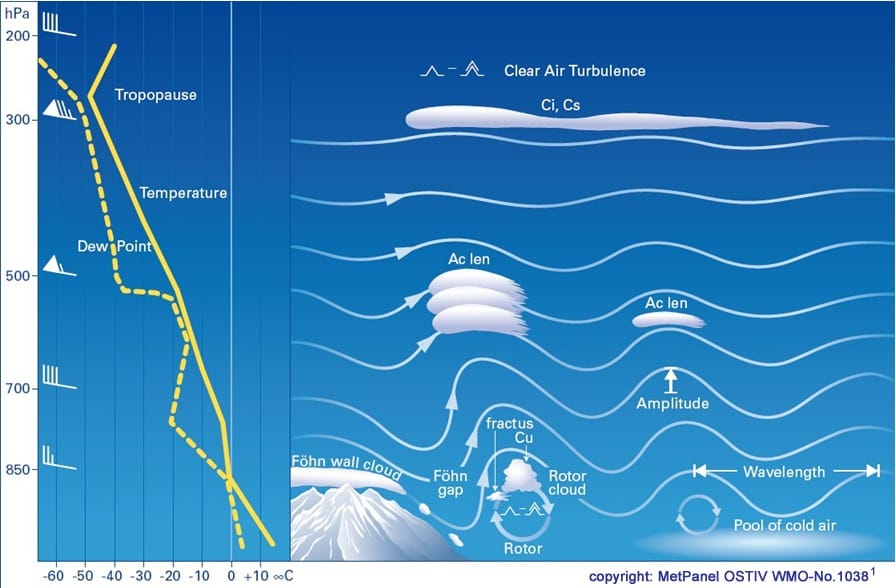
Since mountain waves can be difficult to detect visually, pilots rely on multiple sources to predict where the mountain wave will be, these include:
- Weather Forecasts: In-depth pre-flight weather briefings are essential for pilots to identify areas with potential mountain wave activity. Forecasters consider factors like wind speed, direction, and atmospheric stability to predict the likelihood and severity of mountain waves.
- Pilot Reports: Real-time information from other pilots who have encountered mountain waves in the area is invaluable. Pilots can share information about the location, intensity, and extent of the wave activity through radio communication or online platforms.
- Winds Aloft Data: Knowing wind speeds and directions at different altitudes helps pilots assess the risk of mountain waves. Strong winds blowing perpendicular to a mountain range at cruising altitude are a red flag for pilots, indicating a higher chance of encountering mountain wave activity.
- Flight Planning: Experienced pilots plan routes that avoid flying perpendicular to mountain ranges, especially downwind of the mountains where the wave effects are strongest. They may choose to fly at higher altitudes where the wave effects are weaker, but this needs to be balanced with other factors like fuel efficiency and airspace restrictions.
- Onboard Instruments: Modern aircraft are equipped with sophisticated instruments that can help detect turbulence associated with mountain waves. For example, pilots can use vertical speed indicators to monitor sudden changes in altitude and turbulence detection systems to receive warnings of rough air.
By understanding the formation and dangers of mountain waves, and by employing a combination of weather information, pilot reports, careful flight planning, and advanced instruments, pilots can navigate these aerial obstacles safely. Mountain waves are a natural phenomenon, but with proper preparation and awareness, they don't have to be a hazard for air travel.
Final Thoughts
In addition to the points mentioned above, some pilots choose to gain specific training in mountain flying. For commercial pilots, this is usually built into their training. This training can provide them with the knowledge and skills to assess mountain wave risks more effectively and make informed decisions in challenging situations. Understanding the atmospheric conditions that contribute to mountain waves, along with the different flying techniques that can be used to navigate them safely, can give pilots greater confidence and peace of mind when flying near mountainous terrain.

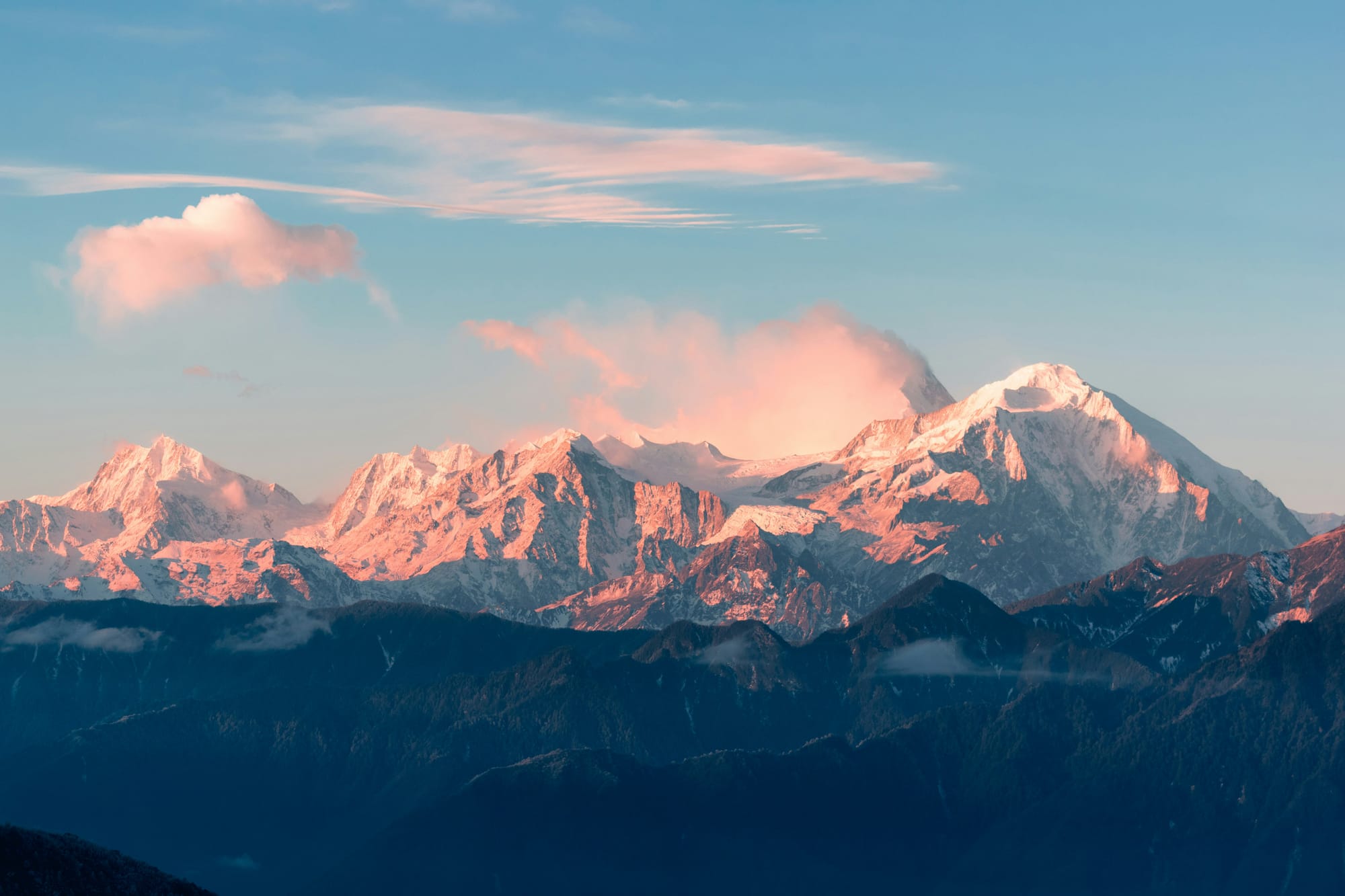
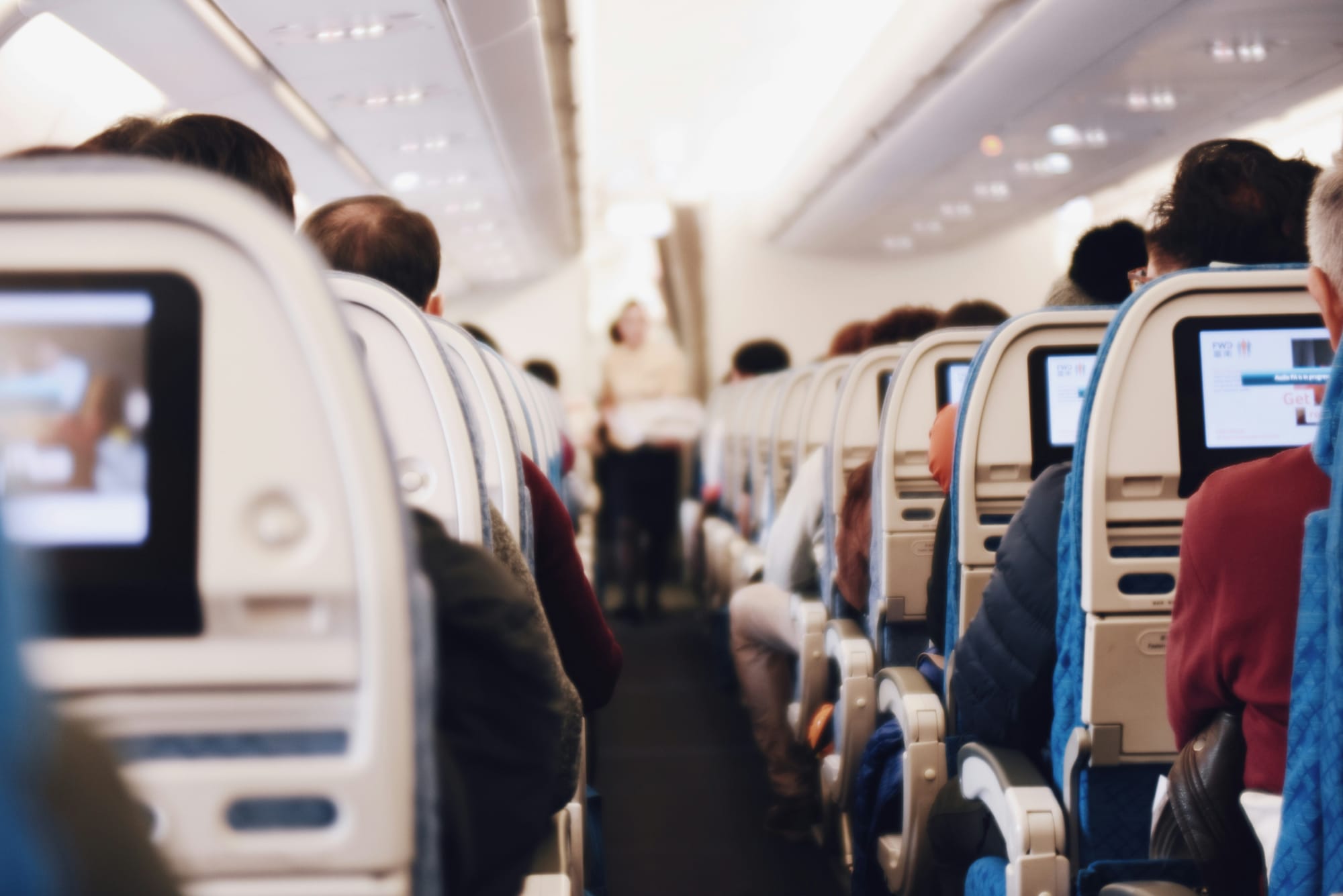
![Delta Diamond Medallion Drama, United Polaris Changes, Barf Bags & More [Roundup]](https://static.avgeeks.aero/content/media/2024/04/kenny-eliason-n-YceUl10I0-unsplash.jpg)

